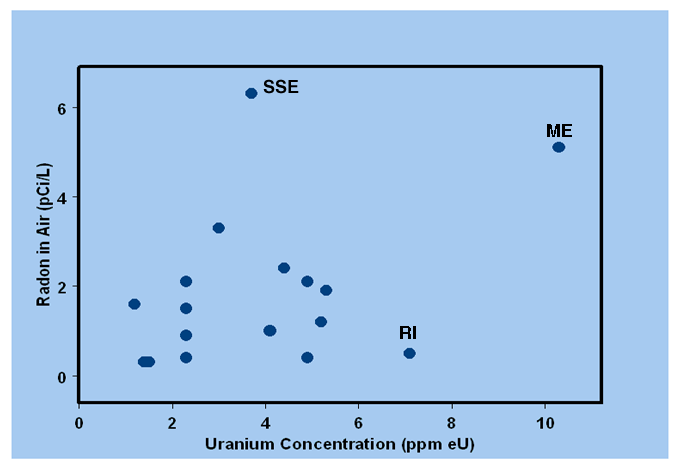
Figure 3 is a graph of the average indoor radon at schools of the PVPUSD versus the average uranium concentrations in the soil as measured using in situ gamma-ray spectrometers. The points plotted on the graph exhibit significant scatter in the data. Although the data data apear scattered on the graph and have a correlation coefficient of only 0.4, an analysis of variance of the regression indicates that a linear regression is statistically significant at the 99% confidence level.
The data for Silver Spur Elementary (SSE) are anomalous with respect to the data for the other schools. Silver Spur Elementary is also different in the characteristics of the school site in that more than fifty percent of the school grounds are paved. In many places the paved areas completely cover the ground around the buildings. Because of the high indoor radon levels for the amount of uranium in the soil, we suggest that the paved areas may act as a seal or cap preventing the escape of radon into the air and increasing the radon gas content in the underlying soil above what would be otherwise expected.

[an error occurred while processing this directive]